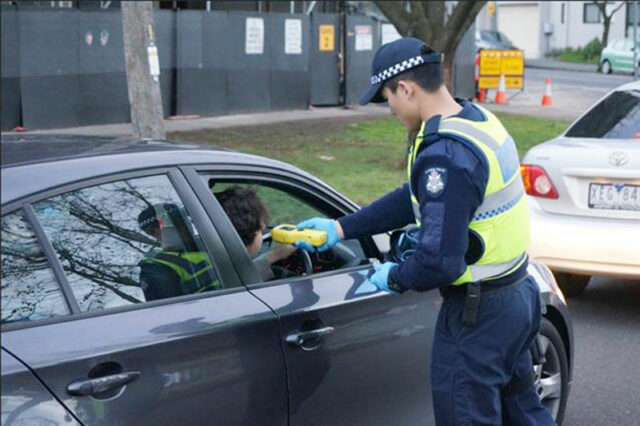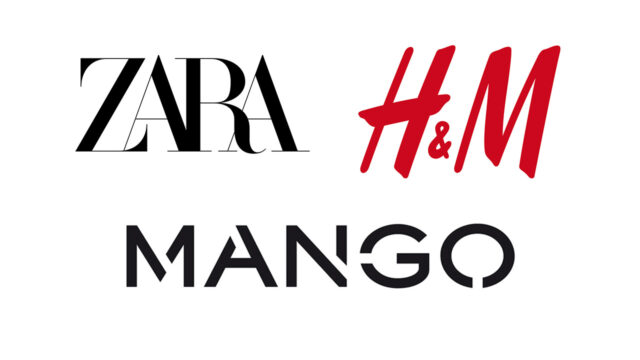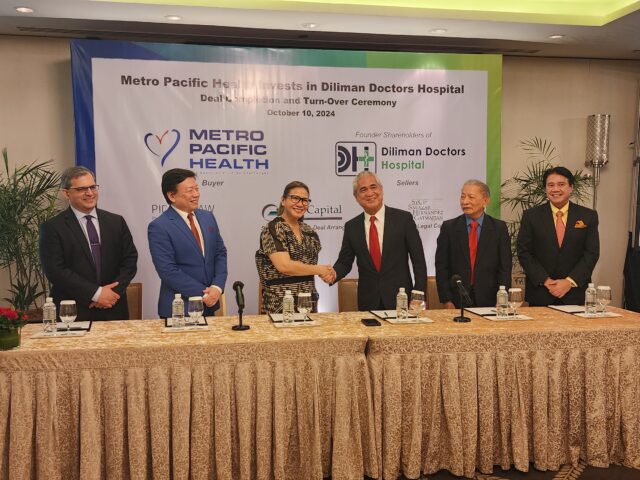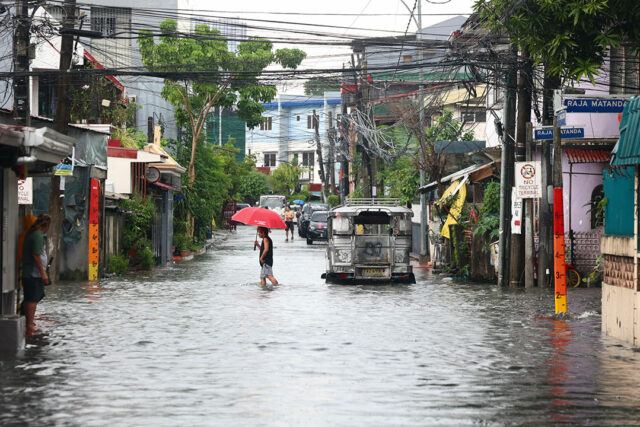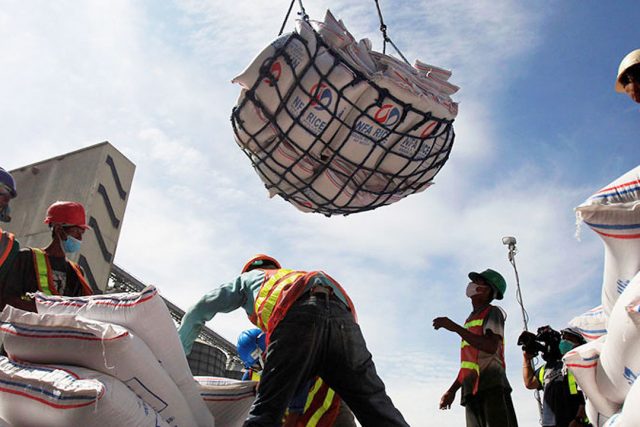RATES of the Treasury bills (T-bills) and Treasury bonds (T-bonds) on offer this week could rise to track the upward correction seen in secondary market yields and despite expectations that the Bangko Sentral ng Pilipinas (BSP) will cut interest rates further on Wednesday.
The Bureau of the Treasury (BTr) will auction off P20 billion in T-bills on Monday, or P6.5 billion in 91- and 182-day papers and P7 billion in 364-day debt.
On Tuesday, the government will offer P15 billion in reissued 10-year T-bonds with a remaining life of six years and nine months.
“The upcoming Treasury bill average auction yields would again correct higher after most of the comparable short-term PHP BVAL (Bloomberg Valuation Service) yields were mostly higher by 0.11-0.15 basis point (bp),” Rizal Commercial Banking Corp. Chief Economist Michael L. Ricafort said in a Viber message.
“The seven-year T-bond average auction yield would be similar to the comparable PHP BVAL yield,” Mr. Ricafort added.
Secondary market rates were mostly higher last week as slower-than-expected September inflation drove expectations of further cuts by the BSP and as strong US data led markets to reprice their Federal Reserve rate bets, he said.
A trader added that the reissued 10-year bonds could fetch yields ranging from 5.6% to 5.7%, with demand for the small offer size possibly affecting rates as the paper is currently illiquid.
At the secondary market on Friday, the 91-day T-bill went down by 7.22 bps week on week to end at 5.0431%, based on PHP BVAL Reference Rates data as of Oct. 11 published on the Philippine Dealing System’s website.
Meanwhile, the 182-, and 364-day T-bills saw their yields rise by 15.42 bps and 10.8 bps week on week to 5.4469% and 5.6166%, respectively
For its part, the 10-year bond’s yield went down by 2.59 bps week on week to 5.7317% on Friday, while the seven-year paper, the tenor closest to the remaining life of the T-bonds, saw its rate rise by 2.02 bps to 5.6874%.
Philippine headline inflation slowed to 1.9% year on year in September from 3.3% in August and 6.1% a year ago.
This was below the central bank’s 2%-2.8% forecast for the month and the 2.5% median estimate yielded in a BusinessWorld poll of 15 analysts.
It was also the slowest in over four years or since the 1.6% in May 2020.
Inflation averaged 3.4% in the first nine months, matching the central bank’s full-year forecast.
Slower September inflation could give the BSP confidence to cut benchmark rates further, analysts said.
A BusinessWorld poll conducted last week showed that 16 out of the 19 analysts surveyed expect the Monetary Board to reduce rates by 25 bps at its policy review on Wednesday (Oct. 16).
This would bring the target reverse repurchase (RRP) rate to 6% from the current 6.25%.
On the other hand, two analysts expect the central bank to cut by 50 bps this week, while one analyst said the BSP may keep rates unchanged.
BSP Governor Eli M. Remolona, Jr. has said the Monetary Board could slash benchmark interest rates by 50 bps more this year via two 25-bp cuts at its last two meetings for the year.
The Philippine central bank began its easing cycle in August, cutting its policy rate for the first time in nearly four years.
Meanwhile, traders kept bets steady for a roughly 88% probability the Fed would cut rates by 25 bps at its November meeting, and a 12% chance it will leave rates unchanged, according to CME’s FedWatch tool, Reuters reported.
Last week, the BTr raised P20 billion as planned from the T-bills it auctioned off as total bids reached P38.5 billion, nearly twice as much as the amount on offer.
Broken down, the Treasury borrowed P6.5 billion as programmed from the 91-day T-bills as tenders for the tenor reached P12.22 billion. The average rate of the three-month paper rose by 21.8 bps week on week to 5.414%, with bids ranging from 5.2% to 5.7%.
The government also made a full P6.5-billion award of the 183-day securities, with bids reaching P12.42 billion. The average rate of the six-month T-bill stood at 5.474%, up by 46.9 bps, with accepted yields at 5.244% to 5.749%
Lastly, the Treasury raised P7 billion as planned via the 364-day debt papers as demand totaled P13.86 billion. The average rate of the one-year debt went up by 5.3 bps to 5.54, with accepted rates ranging from 5.4% to 5.64%.
Meanwhile, the reissued 10-year bonds on offer on Tuesday were last auctioned off on Nov. 9, 2021, where the BTr raised P35 billion as planned at an average rate of 5.13%, above the 4% coupon.
The government plans to raise P145 billion from the domestic market in October, or P100 billion via T-bills and P45 billion through T-bonds.
The government borrows from local and foreign sources to help fund its budget deficit, which is capped at P1.48 trillion or 5.6% of gross domestic product for this year. — Aaron Michael C. Sy with Reuters




